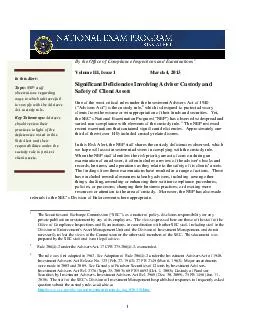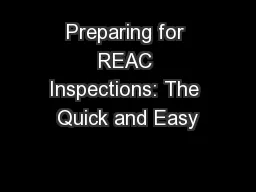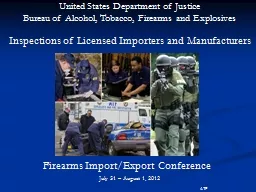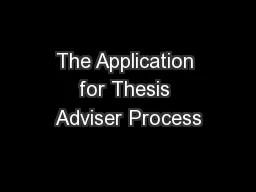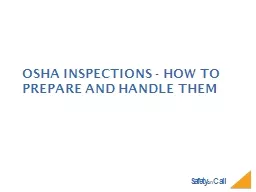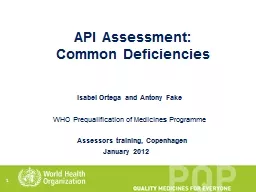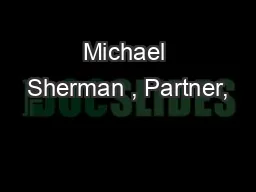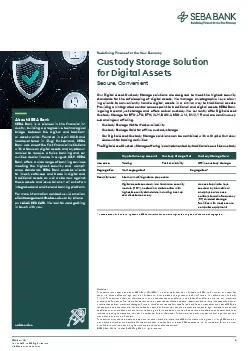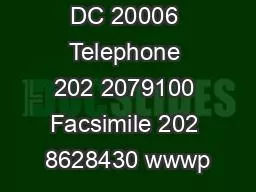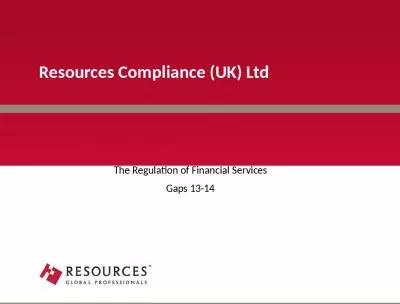PDF-By the Office of Compliance Inspections and Examinations Volume II Issue March Significant
Author : cheryl-pisano | Published Date : 2015-02-01
Yet the SECs National Examin ation Program NEP has observe widespread and varied non compliance with elements of the custody rule The NEP reviewed recent examinations
Presentation Embed Code
Download Presentation
Download Presentation The PPT/PDF document "By the Office of Compliance Inspections ..." is the property of its rightful owner. Permission is granted to download and print the materials on this website for personal, non-commercial use only, and to display it on your personal computer provided you do not modify the materials and that you retain all copyright notices contained in the materials. By downloading content from our website, you accept the terms of this agreement.
By the Office of Compliance Inspections and Examinations Volume II Issue March Significant: Transcript
Download Rules Of Document
"By the Office of Compliance Inspections and Examinations Volume II Issue March Significant"The content belongs to its owner. You may download and print it for personal use, without modification, and keep all copyright notices. By downloading, you agree to these terms.
Related Documents

